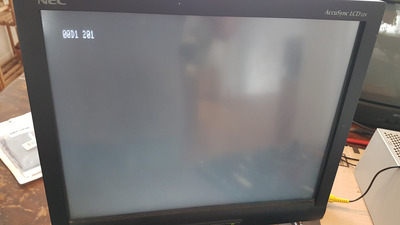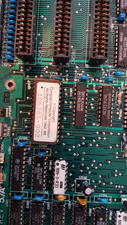AndrewBSSC4 wrote on 2021-03-16, 17:10:
So right now I've noticed the following behavior. So is mentioned before there seems to be a short between the 5V and ground. So if the board is left for a while and tested between the two I'd get a small beep on my tester than it would register in the 85-90 Ohms range on the meter.
This is normal behaviour, as you would see it on a working computer, too.
AndrewBSSC4 wrote on 2021-03-16, 17:10:
What I've now noticed if I supply power to board for a short burst, a few seconds, and then test the meter will register a constant beep short in the 14-16 Ohms range. But if I leave it for a minute or so it will eventually "drain" back up to the 85-90 Ohms.
This might point to a capacitor that breaks down if full 5V is applied and recovers if the current stops flowing through it. Behaviour like this can happen in electrolytic caps, and possibly in tantalum caps, but would be very weird in ceramic caps.
Another plausible explanation is a broken chip that shorts the supply only if power is present. I expect the short persists as long as some voltage is present. As +5V is shorted, it has to be a different power line. The first candidate I suspect for behaviour like this would be the RS232 transmitter/receiver chips, MC1488/1489 or clones thereof, often also having 1488/1489 in their name. If you are lucky, these chips are socketed, and you could try pulling them.
To differentiate between the two possiblilities, you could try to apply 5V only, and test whether the short appears even without +12V/-12V.

